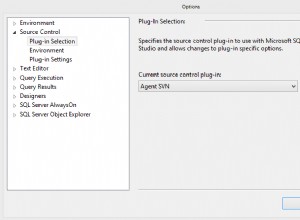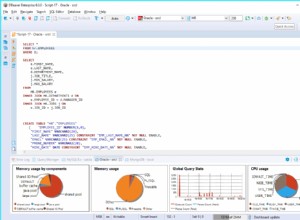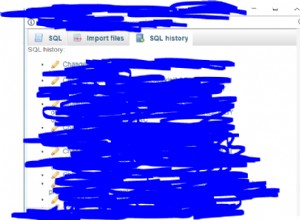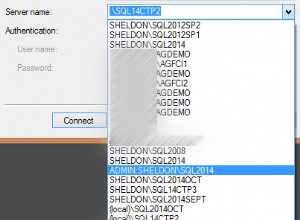Abra phpMyAdmin/config.inc.php y agregue estas líneas sobre "Configuración del servidor" .
$i++;
$cfg['Servers'][$i]['host'] = '<remote-server-address>'; // Remote MySQL hostname or IP address
$cfg['Servers'][$i]['port'] = ''; // MySQL port - leave blank for default port
$cfg['Servers'][$i]['socket'] = ''; // Path to the socket - leave blank for default socket
$cfg['Servers'][$i]['connect_type'] = 'tcp'; // How to connect to MySQL server ('tcp' or 'socket')
$cfg['Servers'][$i]['extension'] = 'mysql'; // The php MySQL extension to use ('mysql' or 'mysqli')
$cfg['Servers'][$i]['compress'] = FALSE; // Use compressed protocol for the MySQL connection
$cfg['Servers'][$i]['auth_type'] = 'config'; // Authentication method (config, http or cookie based)?
$cfg['Servers'][$i]['user'] = '<db-username>'; // Remote MySQL user
$cfg['Servers'][$i]['password'] = '<db-password>'; // Remote MySQL password
Ahora hay un menú desplegable de 'servidores' en la página principal de phpMyAdmin. ¡Elige tu servidor y bingo!
Créditos:codejourneymen
Y, hay muchos ejemplos, tal vez ayuden:
base de datos remota de phpadmin




